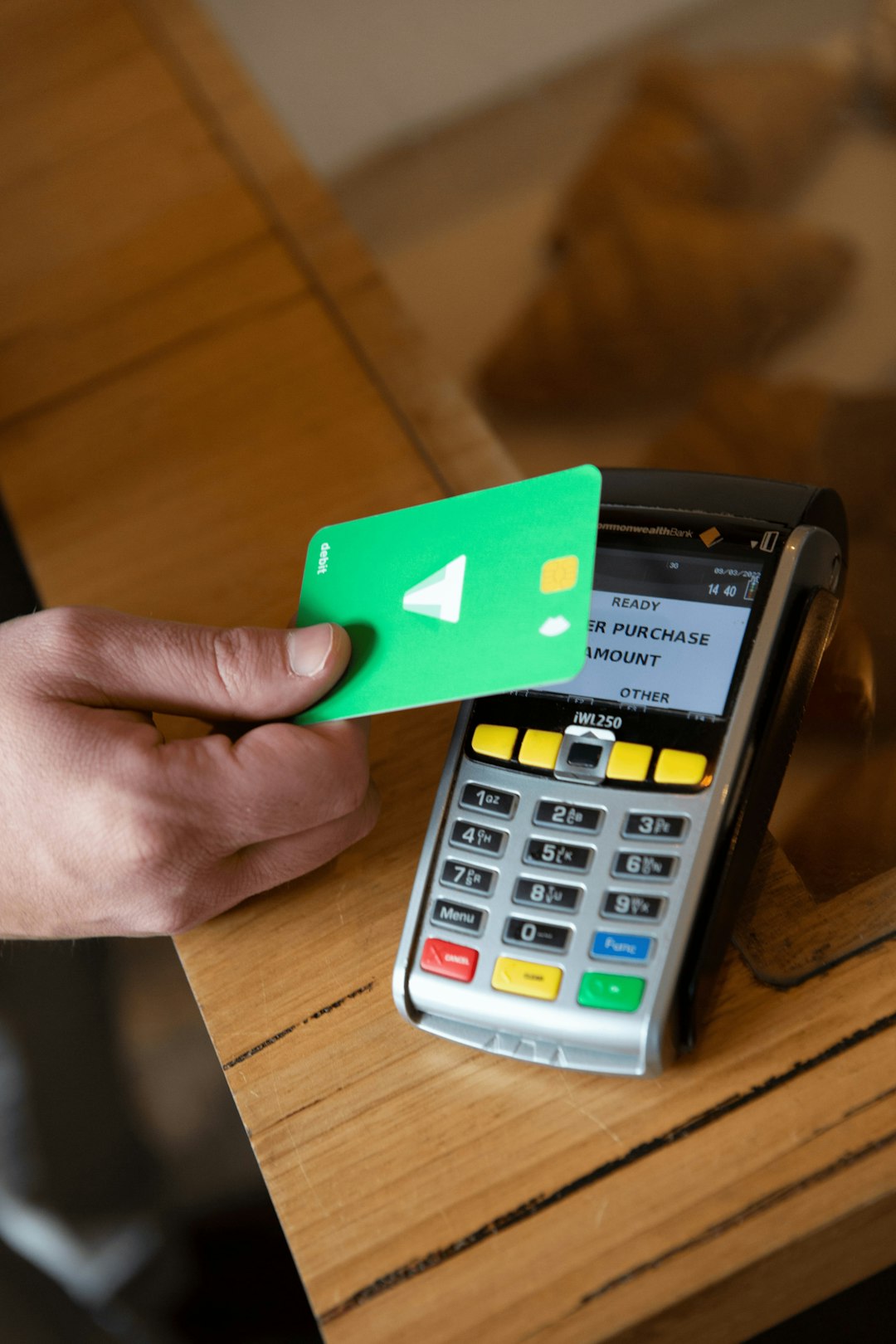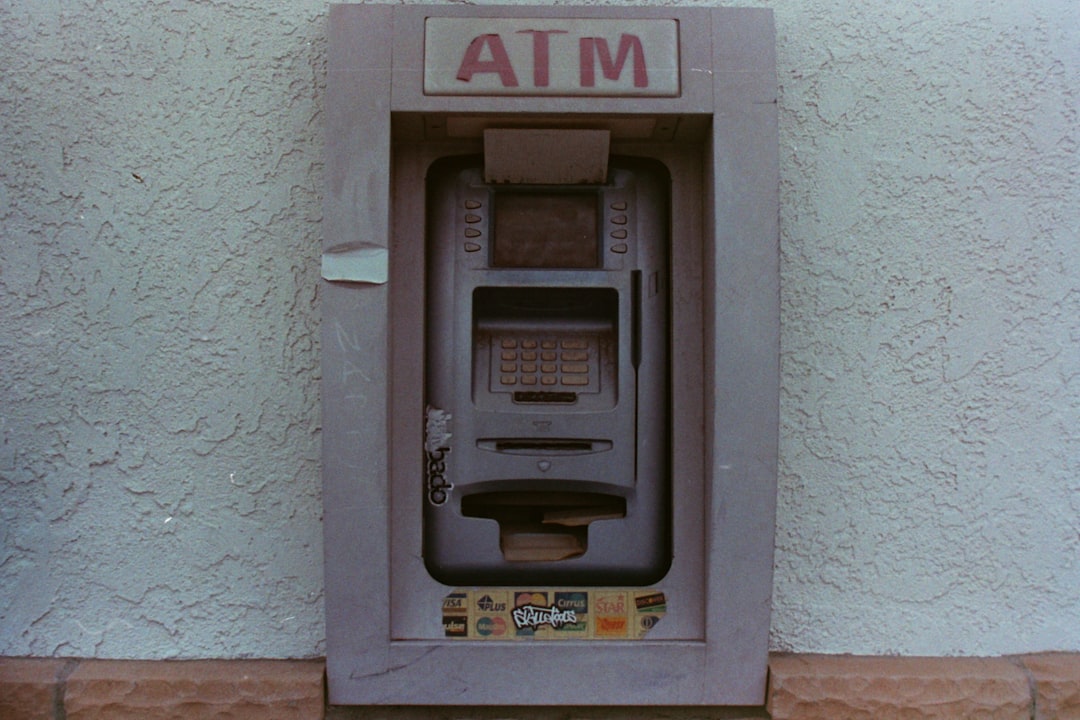It can be incredibly frustrating and even alarming when your Chase debit card is unexpectedly declined, especially when you’re confident that your account has enough funds. While your first thought might be to panic or assume there’s a technical glitch, there are actually a number of legitimate and often preventable reasons why this might be happening. Understanding the possible causes will help you resolve the issue more efficiently and avoid future inconveniences.
Here are some common reasons your Chase debit card may be declined despite having sufficient funds:
- Incorrect card information entered: One of the simplest explanations is inputting incorrect details when making online or in-store purchases. A wrong expiration date, CVV, or billing zip code can easily trigger a decline.
- Fraud protection measures: Chase has strong fraud monitoring systems in place. If you make a purchase that’s inconsistent with your past activity—like in a foreign country or a high-value transaction—it might flag the transaction and put a temporary block on your card.
- Daily spending or withdrawal limits: Many debit cards have limits on how much you can spend or withdraw in a 24-hour period. Even if you have enough money in your account, exceeding these limits can cause the transaction to be refused.
- Pending transactions: Some transactions take time to fully process. If you’ve made several recent purchases that haven’t cleared yet, they may be holding up credit in your account and limiting what is currently available.
- Card not activated or expired: If you just received a new card or if your card has expired, this could also be the reason it’s not working. Make sure the card is activated and hasn’t passed its expiry date.

Security Methods and Travel Activity
Another frequently overlooked reason for a card being declined is foreign or unusual activity. If you’re traveling and haven’t informed Chase in advance, their automated systems may flag the charge as suspicious and block it. This is particularly true for international transactions. Banks do this to prevent losses due to stolen cards or fraudsters gaining access to personal accounts.
To prevent this issue: Always notify Chase through the mobile app, website, or by calling customer service before traveling. This helps them recognize legitimate activity and avoid blocking your transactions.
Technical or Network Issues
Even if everything on your end is in order, sometimes the decline is due to a network outage or a temporary issue with the merchant’s payment system. In such cases:
- Try using the card at a different location or ATM.
- Use an alternative payment method while the issue persists.
- Wait a few moments and try again later, especially if you’re at a busy retailer or gas station.
These types of issues are usually resolved quickly and don’t generally impact your account long-term.

Steps to Take if Your Card is Declined
If your debit card is declined and you’re unsure why, follow these steps to resolve the problem:
- Check your account balance: Use the Chase mobile app or online banking to verify that you have available funds.
- Review recent transactions: Look for any unauthorized or pending charges that may be holding up available funds.
- Contact Chase customer service: Their representatives can tell you exactly why your card was declined and guide you on the necessary steps to unblock it.
- Check your card’s status: Ensure it’s not expired, frozen, or marked lost/stolen.
Make sure to have your identification and account information ready when contacting support, as they will need to verify your identity for privacy and security purposes.
How to Prevent Future Declines
To avoid similar situations in the future, consider these proactive steps:
- Set up alerts: Use Chase’s mobile app to receive notifications for large or unusual transactions.
- Monitor your account regularly: Stay on top of your daily spending and make a habit of checking your balance and transaction history.
- Keep your contact info updated: An outdated phone number or email address on file can delay fraud alerts or important notifications.
In some cases, switching to credit for high-risk transactions might offer additional protection and reduce the chances of a decline during critical moments, like travel or emergency expenses.
In conclusion, a declined debit card doesn’t always mean you’re out of money. Whether it’s a security feature, a spending limit, or just a simple input error, understanding the common triggers will help you manage your finances more confidently and avoid future disruptions.



